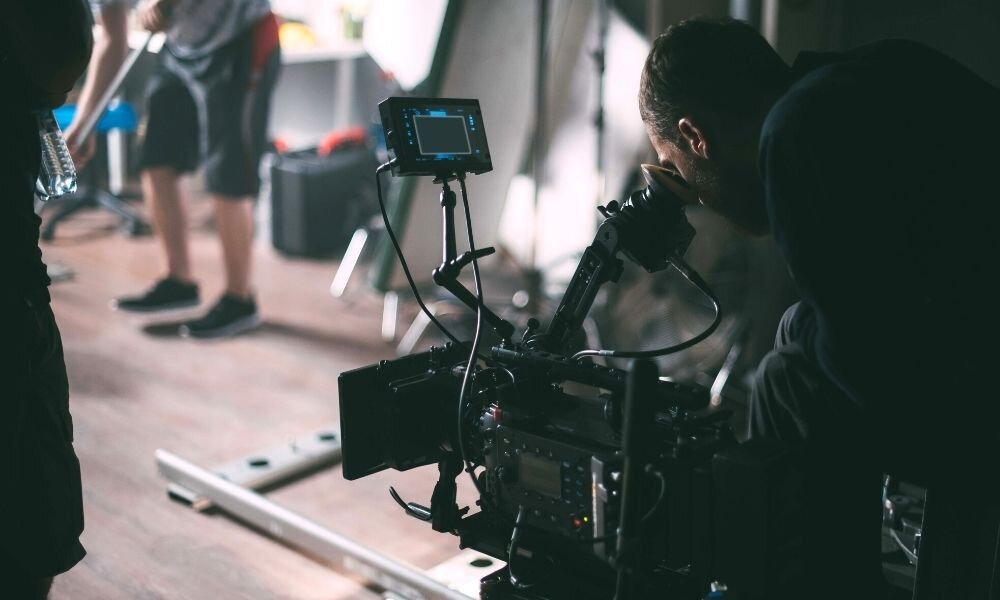How Technology Changed the Film Industry
In the span of a single century, the film industry has undergone rapid growth and even faster evolution. The sudden boom of technological improvements during the 20th century and onwards have essentially given several generations whiplash, as the gadgets they grew up with are suddenly outdated and niche. Nearly every movie theater is without a film projector now that everything is digital—what many people call film isn’t actually film at all.
How technology changed the film industry left some generations yearning for more time with past filming equipment, but many more individuals advanced with the times to take advantage of the easier ways to record and edit.
Digital Recording
Nearly every movie you watch in a theater or in the comfort of your home has never existed on a reel of film. Production crews record and edit most motion pictures on fully digital mediums. Not even 50 years ago, we recorded movies in a physical format—editing teams would have to splice film seamlessly to get the perfect cut.
Originally, film lacked sound and color. The addition of sound—and later color—shook up the Silver Screen. Suddenly, actors and actresses that relied on their expressions and movements to act were out of a job due to the fact that we could now hear their voices. Then film included color; the colors became more vivid over time, and the quality rose as the industry transitioned to digital recording.
Now crews can work on production remotely—even adding computer effects to the footage, such as filters, CGI, and touch-ups. Instead of spending money on film and once-expensive filming methods, filmmakers can use the budget on high-quality post-production techniques and new technology.
Advances in Computing Power and Editing Software
As mentioned earlier, editors once had the stressful job of cutting and splicing pieces of film to create one whole movie. One mistake in editing could lead to lost film or scenes. The accessibility of high-powered computers led to brand-new editing techniques in the new century; suddenly, it was possible to add computer-animated graphics to films and try different edits until one seemed right. Sometimes, animators add entire costumes post-production or use motion capture suits to bring a monstrous character to life.
Drones
When a film crew needed to record footage from the air, it required heavy, expensive equipment. As the quality of remote-controlled drones and their recorded footage improved, so did the film industry. Now, beautiful, crystal-clear footage shot from the air is possible for far less money than it once was. The extra mobility of a drone allows the film crew to record unique shots through populated areas and tight spaces as well.
These are only a few examples of how technology changed the film industry—many more advances in futuristic technology have impacted the movies we watch today. However, traditionally shot films still appeal to independent filmmakers and nostalgic collectors. If you have a project or an antique film reel that you want to convert to digital, work with the experts at DiJiFi today who will help you preserve your valuable media with our film digitizing services.

